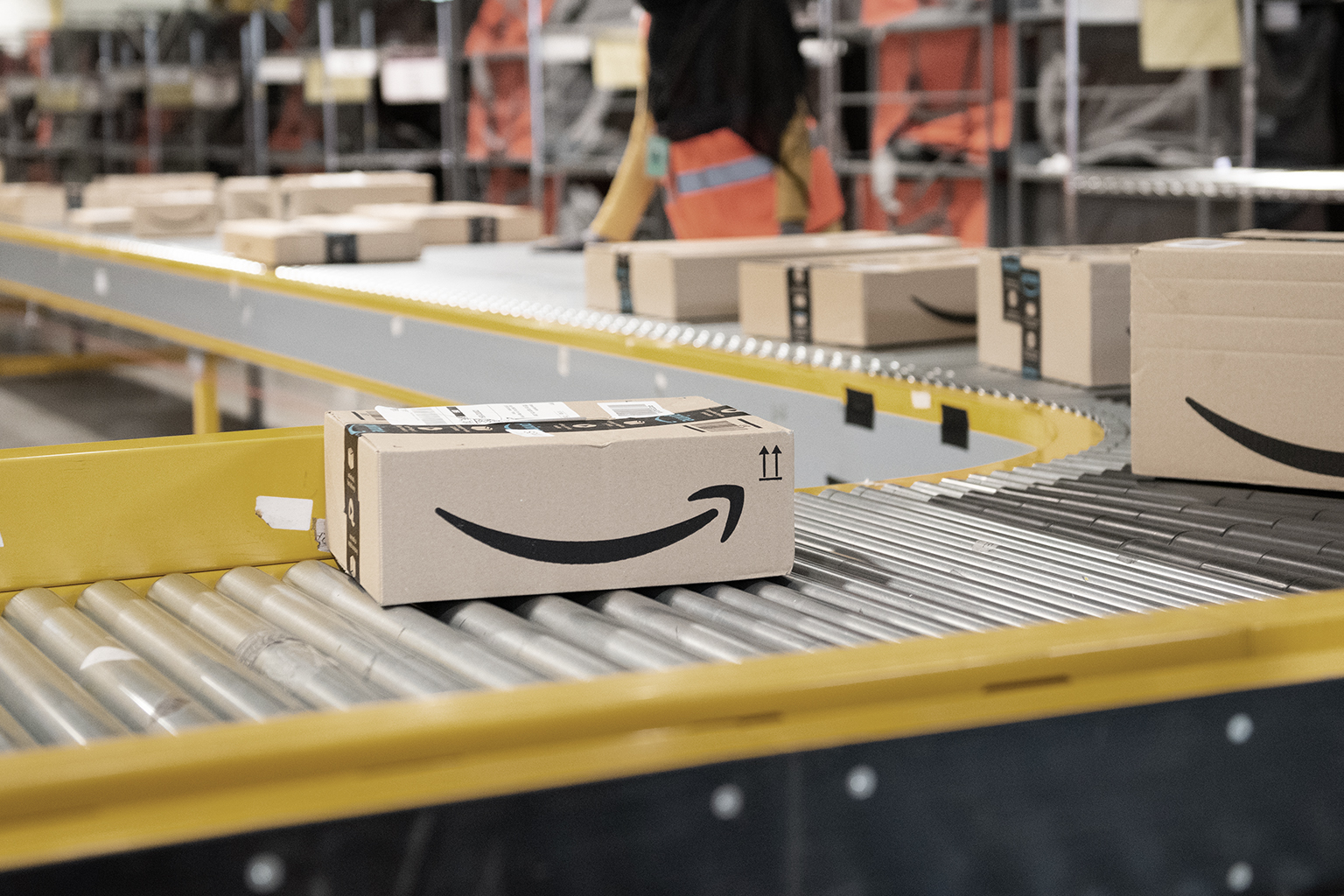During the COVID-19 pandemic, people spent a lot of time isolated and indoors, which helped foster an environment where some people now feel lonelier than ever. The result is a loss of social connectedness—the degree to which people feel the social connections and relationships in their lives to satisfy their wants and needs. When social…
Your Welcoa membership has expired.
Amazon’s Wellness Program: What Went Wrong & What Happens Next
With all of the news surrounding Amazon’s new wellness program and lots of people weighing in (Mashable, The Verge, Gizmodo) with little to no workplace well-being expertise, we put together our thoughts to shed some light from an expert lens.
The facts about the program
It was announced this week that Amazon launched a new wellness program for their employees. According to Amazon, their program, Working Well, uses scientifically proven physical and mental activities, wellness exercises, and healthy eating habits to help recharge and re-energize the body and ultimately reduce the risk of injury for operations employees.
AmaZen – the mindfulness practice offered through Working Well – focuses on mindfulness exercises and is currently available through self-service kiosks. Employees can watch short videos featuring easy-to-follow well-being activities, including guided meditations, positive affirmations, and calming scenes with sounds.
What went right
While most of the press around the Working Well rollout is about what went wrong, it is important to start by recognizing what they did right. This is a broad program that focuses on employee needs beyond physical health. Given the nature of the program and the information we found, they utilized relevant data on employee overuse injuries and accidents to guide their choice in initiatives. Amazon has also been in the news for its high incidence of suicidal ideation among employees on the job. Given that and the current state of employee mental health, we applaud their efforts to support mindfulness and stress reduction. We were also able to substantiate that they surveyed their employees regarding the new wellness app they are releasing to make these programs more inclusive for all employees no matter their job or location.
We did not find evidence that this program was tied to incentives or benefit premiums, which is well done. Wellness programs should be provided as resources for employees if/when they choose to use them. Not to penalize employees for non-participation or failure to meet wellness goals set by the organization. In summary, it appears that they used meaningful data to implement interventions on a broad scale without tying it to benefits to intervene on wellness outcomes.
Where it went wrong
For an organization that has experienced a tremendous amount of bad press due to its treatment of employees for several years now, this wellness strategy, though it was a good start, has opened them up to further scrutiny. According to some news outlets, employees are not provided paid time to engage in any of these activities. Implementing initiatives without providing the systemic policies, procedures, and culture to support them is a recipe for trouble.
Unfortunately, even with positive and well-intentioned efforts, the intervention missed the mark in some key areas. One of the most important things to be learned from the failure in this rollout is this: Amazon created a program that was intended to intervene on an outcome (overuse injuries from overwork) rather than support employees. When employers implement programs to impact existing issues without giving additional support, the responsibility lies with the employee on his/her own time to improve poor outcomes that are perpetuated by the demands of the work. In essence, the responsibility is shifted to the employee alone which creates feelings of blame, shame, and a psychologically unsafe environment.
Wellness cannot be used as a band-aid for poor culture. However, when a poor culture exists in a company, it’s not a reason to avoid workplace wellness. These two aspects of a business intersect. Companies need to address culture and employee well-being.
The media backlash could have been mitigated if the release of these new wellness initiatives had been paired with any statement from the organization about other changes made that lie within their zone of responsibility (addressing the overwork at the root of the problem). Perhaps they did make some changes to support employee well-being from a policy or procedure standpoint. We applaud their efforts if they did. However, it does not seem to be stated alongside any press release, which suggests it was probably not communicated internally either – if it even happened.
What they can do now
Here is how they can course-correct and expand beyond their initial start.
- Provide paid time for employees to break for their physical and mental health using the tools provided by the employer. It does not have to be limitless, but it has to be something.
- Review internal policies and procedures to assess where functions of the organization might be limiting employees’ ability to engage in these wellness implementations and their well-being in general (we are thinking bathroom breaks might be a good start).
- Train middle management on leveraging their leadership to support employee well-being. Focus on training that helps them to recognize signs of mental health concerns and speak in stigma-free, compassionate ways to get employees immediate support.
- Leverage a strategic approach for well-being that is rooted in genuine care for employees. A siloed wellness intervention cannot fix a situation where business objectives are not aligned with employee wellbeing (i.e. overwork or toxic culture). WELCOA has trained our thousands of member organizations on a validated, step-by-step process for ensuring your wellness strategy is embedded into the employee experience (learn more about WELCOA’s 7 Benchmark process and Well Workplace Checklist).
How to talk to your leadership
The most important thing we want to stress here is that workplace wellness is imperative for any business. It is also iterative. No one gets it perfectly right the first time and the work is never done. It’s okay to start, to learn, then expand, course-correct, and grow alongside the business. It’s short-sighted to say that any negative press or bad feelings among employees means that all workplace wellness programs are bad or mal-intended. We have all endured a divisive either/or national culture for some time now. We need to lead with a both/and approach. Multiple things can be true at once. We need to put people first. When we get that wrong, we don’t need to be canceled, we need to be held accountable, and lead forward. This is our invitation to Amazon’s wellness team.
In fact, the thought that we keep having about the team that launched Amazon’s wellness program is that they are probably feeling pretty deflated and lost right about now. Many of us can empathize with that. We have all been there, and the WELCOA community of 30,000 professionals is here to be a sounding board and support system. Our hope is that we can collectively learn from what went well and what went wrong. It is time for us to work together as an industry to do wellness right and make the workplace whole again, starting with the human.




